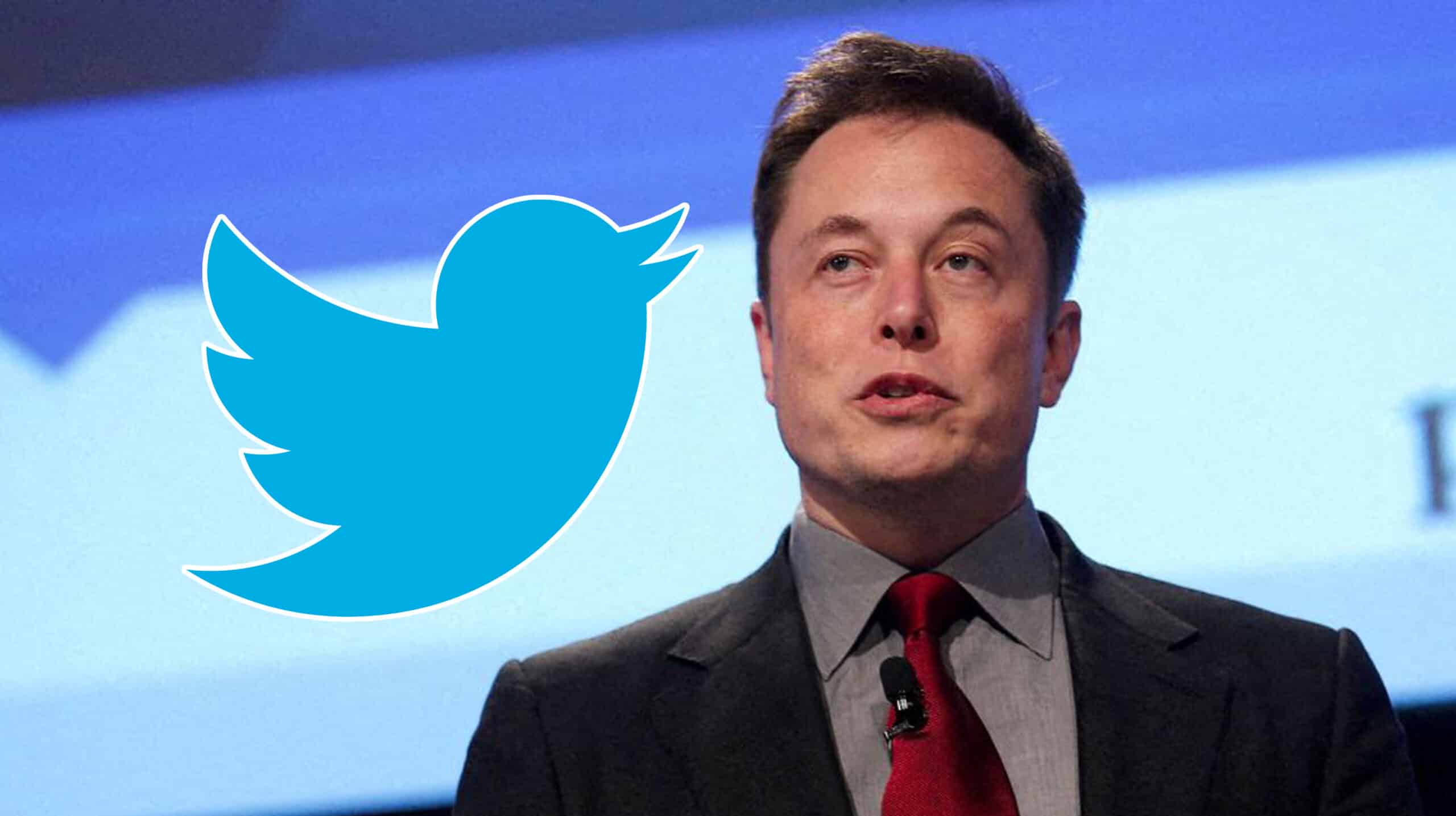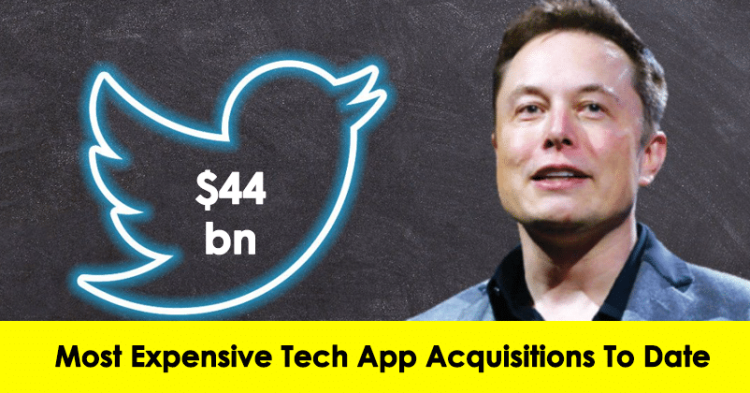Acquisitions have been pretty common in the tech industry. For years we have heard about one big company being taken over by another. This is majorly done to cut down competition but also helps a brand to enter another market.
While there have been many talked-about acquisitions in the past, here are the most expensive tech apps acquired in recent times.

Founded by Jan Koum and Brian Acton, who had collectively spent over two decades working in the tech industry, WhatsApp emerged as a revolutionary messaging app, gaining immense popularity globally. Despite its independent success, the company made a pivotal decision to be acquired. In 2014, Facebook acquired WhatsApp for a staggering $19 billion, marking one of the largest acquisitions in tech history. This acquisition not only solidified Facebook’s dominance in social media but also underscored the value of WhatsApp’s extensive user base and robust messaging platform. Today, WhatsApp continues to be a cornerstone of digital communication, facilitating billions of messages daily and evolving under Facebook’s ownership to integrate new features and enhance user experience worldwide.

Launched in 2010 by Kevin Systrom and Mike Krieger, Instagram has grown into one of the most widely used and commercially successful apps globally. In 2012, Facebook acquired Instagram for $1 billion, a move that strategically expanded Facebook’s social media portfolio. With over one billion users today, Instagram plays a crucial role in generating over $20 billion annually for Facebook through advertising and other revenue streams. Its influence in social media continues to thrive, shaping digital marketing and online interaction in profound ways.
Skype

Founded in 2003, Skype revolutionized communication with its VoIP-based services for videotelephony, videoconferencing, and voice calls. Acquired by Microsoft in 2011 for $8.5 billion, Skype became integral to Microsoft’s suite of products, enhancing connectivity across Windows, Office, and Xbox platforms. Since then, Skype has evolved to offer instant messaging, file sharing, and group video calling, catering to both personal and business users worldwide, while maintaining its status as a cornerstone of digital communication. Skype’s impact on global communication extended beyond personal use, becoming integral in business environments for virtual meetings and collaboration.
YouTube

Founded in 2005, YouTube has emerged as one of the most widely used and subscribed-to platforms globally for sharing and viewing video content. In 2006, Google recognized its potential and acquired YouTube for $1.65 billion. Over the years, YouTube’s popularity has skyrocketed, with estimates valuing the platform at approximately $70 billion. Its expansive reach and monetization through advertising have made it a cornerstone of Google’s digital ecosystem, reinforcing its dominance in online video streaming.

LinkedIn, founded in 2003, quickly became the premier platform for professional networking, job searching, and industry news. By 2016, it boasted over 400 million members globally. Microsoft’s acquisition of LinkedIn for $26.2 billion allowed it to integrate LinkedIn’s capabilities into its existing suite of productivity tools, such as Office 365 and Dynamics 365. This move aimed to enhance Microsoft’s offerings for professionals and businesses, providing seamless integration of professional networking, job recruitment, and workplace productivity solutions. The acquisition also positioned Microsoft to leverage LinkedIn’s vast dataset for AI-driven insights and personalized recommendations, further solidifying its foothold in the digital workplace ecosystem.

Twitter’s acquisition by Tesla CEO Elon Musk for $44 billion has sparked widespread discussion, solidifying its place as a landmark event in the tech industry. This high-profile purchase not only emphasizes the increasing influence of social media platforms but also signifies Elon Musk’s strategic expansion beyond electric vehicles into the realm of digital communication. This move is poised to reshape Twitter’s future trajectory under new leadership, potentially driving innovation and growth in the ever-evolving landscape of online social networks.
















